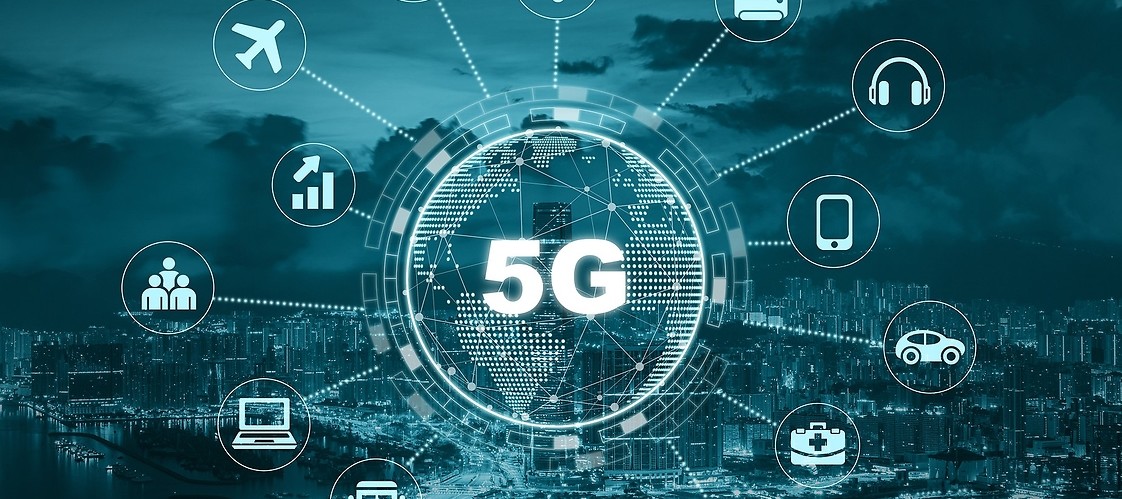Although 5G is currently the main driver for mobile providers, other wireless access technologies can be used in conjunction to assist the various technological challenges. For example, cooperation with existing 4G networks can offer an extra boost in data capacity and support various types of services, even in a developed 5G ecosystem. Several applications and data offload can also be realized through Wi-Fi technology, especially in specific hotspot areas.
These heterogeneous networks may be used in various fields. Mobile telephony is one of the highest level profile traffic, but mobile wireless communications may also be used in many other areas, especially when ad hoc networks are being developed. Mobile service providers must be able to establish a variety of base station formats and apply a heterogeneous form for the backhaul network to support the various needs of a modern service system. Device to Device wireless communication is another area where a next-generation system can develop to support advanced and demanding services.
Device to Device communications
Device to Device (D2D) communications is the technology that allows user data to be transmitted directly between terminal devices without the need of routing through the eNBs/gNBs of the 5G host network. In device to device applications, the user data is transferred through the terminals directly, without routing through the entire mobile network, which results in an increase in network infrastructure. In this way, resources between D2D and 5G mobile networks can be reused, leading to an increase in overall system resources. Therefore an increase in the number of hops and a boost in capacity through the reuse of resources means extra wireless spectral efficiency and higher network performance.
Furthermore, without routing through the whole network infrastructure, the system will be able to support lower overall latency. D2D communication enables seamless communication for cellular terminals allowing the creation of ad hoc networks. Suppose the wireless network connection is lost or the terminals are not covered by the wireless connectivity. In that case, the multi-hop D2D can be used for peer-to-peer communication or even access mobile networks, so the number of wireless applications can be expanded.
Possible D2D applications
Local service: In local service, the data is transmitted directly between the terminal devices. With D2D, the user can find other nearby users and communicate with them directly to exchange data and play games. Local data transmission can be used to increase revenues. For example, it can be used to advertise promotions, i.e., a mall can send discounts and promotions to people walking in and around the mall. Similarly, a movie theater can promote specific movie information and display the viewing hours of others. Another local service application could be when in areas using hotspots, businesses and providers can develop servers that store popular information services. D2D can then be used when someone receives one of these services. Information from a nearby user who has previously logged in to the same notification service. This way, the networks can work more efficiently.
Emergency response: When natural disasters occur, such as an earthquake, the network infrastructure can be damaged and collapse. This has the effect of making any rescue efforts challenging to perform. Using D2D technology will help compensate for this problem. Since the communication network can be damaged, a network can be created between the terminal devices. This way, an ad hoc network can be defined based on multi-hop D2D to ensure proper wireless communication between terminals.
IoT support: Combining D2D with IoT will create a genuinely interconnected network. This could be useful on a freeway. For example, if a car drives too fast, the system will notify other drivers in case of deceleration or abrupt lane change. This technology can also be useful in detecting danger when, for example, a vehicle passes a red light. All of the above, will result in enhanced road safety and therefore fewer accidents.
Because there will be many IoT terminals in a 5G network, the access load will be a problem. However, D2D access will help compensate for this issue. Furthermore, many low-cost terminals may have short distance access instead of connecting directly to the base stations. This improves the spectrum efficiency and results in D2D technology being more flexible and cost-effective.
Other applications: 5G can also be applied to other possible scenarios such as user enhancement via MIMO. In conjunction with D2D, users can directly exchange channel status information. This allows terminals to send channel status information to base stations and improve MIMO multi-user performance. When installed indoors, terminals cannot typically receive satellite signals.
Basic 5G D2D techniques
D2D discovery: this includes the detection of D2D terminals at close range. This technique should be considered in conjunction with routing to meet the needs of 5G specific scenarios.
Wireless resource management: Communication using D2D can be implemented with multicast and unicast broadcast. However, programming a 5G network is more complicated than other networks.
Interference control: interference will be handled by offloading the 5G network and using advanced compensation techniques.
Mode change communication: It involves switching between D2D and cellular functions. This will result in extra flexibility and the corresponding system stability.













